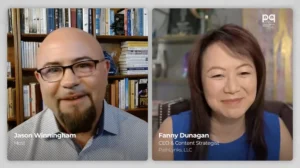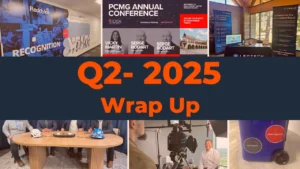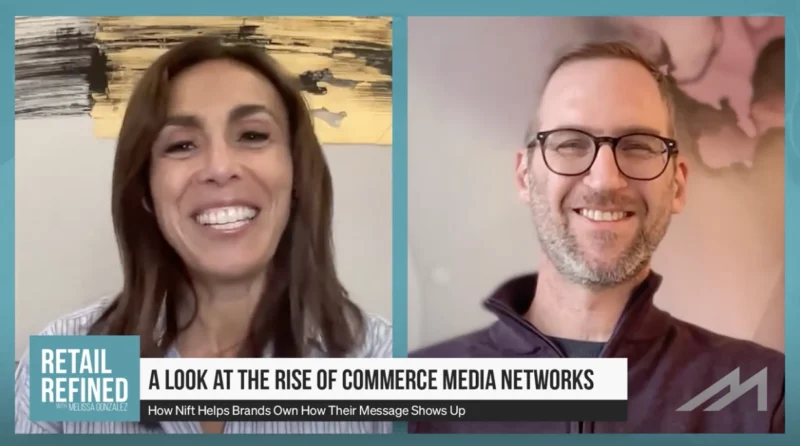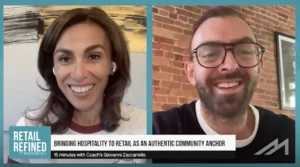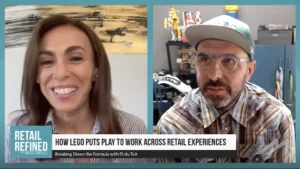How Howard Schultz Saw More Than Coffee in Starbucks
Word of mouth can either make or break a business. Whether it is a person, location or company, it is all about the experience, not just for the consumer, but for the employees as well. In 1987, a former employee of Starbucks, Howard Schultz, jumped at the chance to purchase the company and create a third place between work and home, Starbucks Corporation.
Starbucks was founded in 1971 by Jerry Baldwin, Gordon Bowker and Zev Siegl. When Schultz took over the company, he wanted to place an importance on the communities within the business and on those that the business serves.
“I saw something. Not only the romance of coffee, but … a sense of community. And the connection that people had to coffee—the place and one another,” Schultz was quoted in Biography.com as saying.
Last year, Starbucks revenue reached its highest level ever at 24.72 billion dollars. It seems for any business to prosper, a unified sense of responsibility, purpose and loyalty is required from all associates involved. Starbucks understood this in 1988, when it started to offer full health care benefits for its employees and domestic partners.
“Benefits included free drinks while working, one free food item per shift, health and dental benefits, free schooling through Arizona State University online, and one free pound of coffee a week,” Samantha Lee, 27, a former shift supervisor explained.
In 2012 a friend of Lee’s had expressed how much they loved working for the company. There was a genuine enthusiasm for the corporation. This prompted Lee to apply for a barista position in Idaho, where she would be employed by Starbucks for the next five years.
“There were great benefits and opportunities to move up, and it was just overall a great company,” Lee added.
When an employee has a stake in the business, their dedication and effort will exceed that of an employee who is treated like a replaceable cog. In 1991, Starbucks was the first privately owned company in the U.S. to offer “Bean Stock” a stock option program that would turn full and part-time employees into partners.
Howard Behar, former president of North America operations and Starbucks International, explained to Forbes what he and the company stood for,
“I saw it was all about the people,” Behar said. “We’re not in the coffee business serving people, we’re in the people business serving coffee.”
Lee recalled the amount of time, detail and effort the company invested in their training for all employees, no matter what their job descriptions or positions were.
“There are very clear roles while you are working so that everyone knows what their job for the day is, and that helps so that things don’t slip between the cracks,” Lee said. “They still do training sessions as a group even for tenured employees so that everyone can revisit their roles and be on the same page.”
According to the Society for Human Resource Management (SHRM), a key link to customer satisfaction, company reputation and overall stakeholder value is to create employee engagement. This will result in employees becoming more invested in either the product or service they provide, which the customer will notice.
In an article published by Medium, a quote from Schultz explained how and why the company thrives,
“Starbucks will do between $23 and $25 billion in revenue this year, but our average sale is $5. So just think about that, we’re in the pennies and small dollar business, so in order to do that much revenue, we’re totally dependent on human behavior…We’re seeing it through a different lens, not only in terms of the coffee innovation and store design, but mostly what can we do from a people perspective?”
For the latest news, videos, and podcasts in the Retail Industry, be sure to subscribe to our industry publication.
Follow us on social media for the latest updates in B2B!
Twitter – @RetailMKSL
Facebook – facebook.com/marketscale
LinkedIn – linkedin.com/company/marketscale



